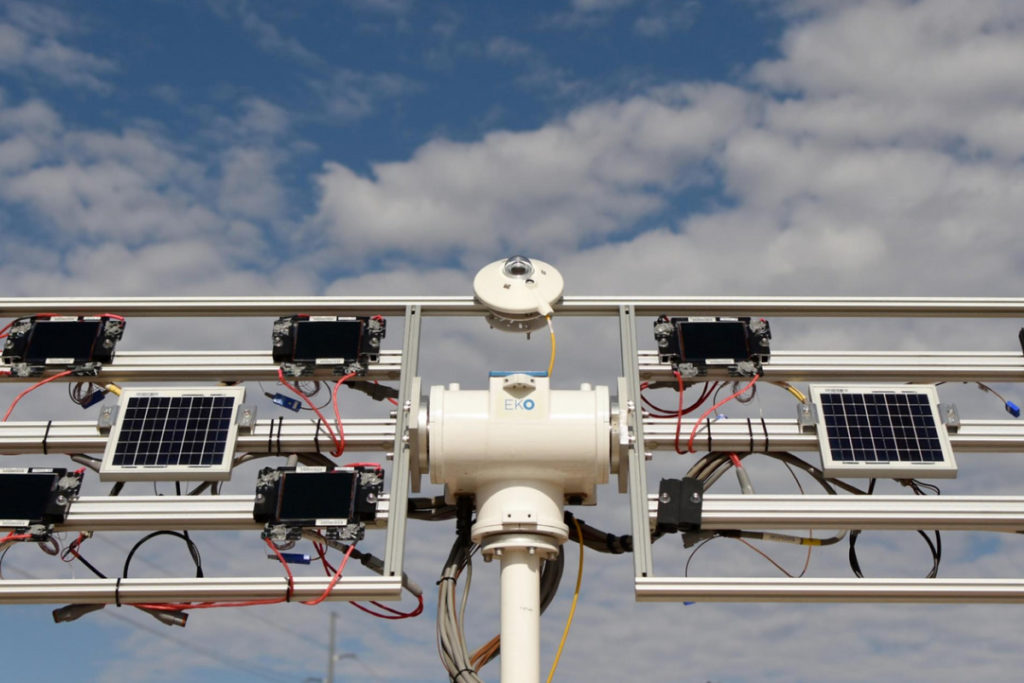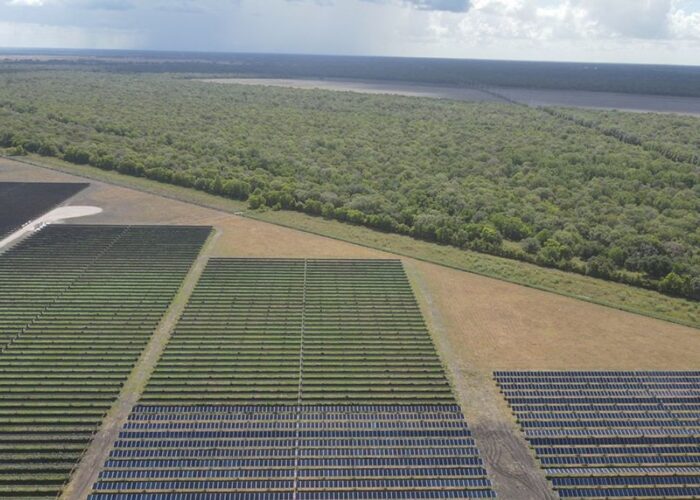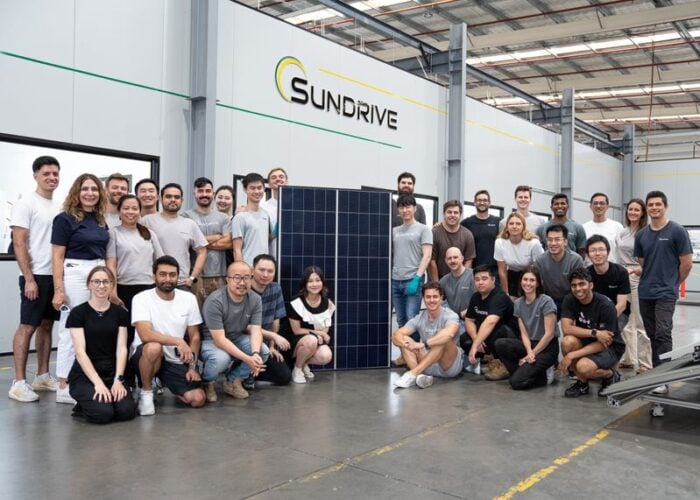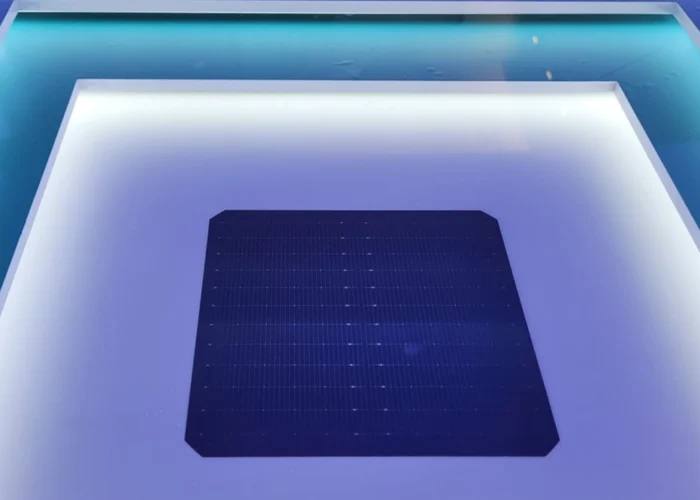
US perovskite company Tandem PV has secured US$6 million to advance research and development (R&D) and plans to build its first manufacturing plant.
The funding round was led by venture capital firm Planetary Technologies, an existing investor in the company, with new backers including Uncorrelated Ventures, another venture capital firm, and solar industry veterans such as Tom Werner, former CEO and chairman of US solar company Sunpower.
Try Premium for just $1
- Full premium access for the first month at only $1
- Converts to an annual rate after 30 days unless cancelled
- Cancel anytime during the trial period
Premium Benefits
- Expert industry analysis and interviews
- Digital access to PV Tech Power journal
- Exclusive event discounts
Or get the full Premium subscription right away
Or continue reading this article for free
Commenting on the new funding, Werner said: “Perovskite solar panels promise the kind of powerful and cost-effective solutions we need to combat climate change.”
After the addition of the new fund, PV Tandem will have a total of US$27 million in venture capital and government support.
Tandem PV said the design of its modules could boost the output of conventional silicon solar cells by stacking them with thin-film perovskite materials that absorb different wavelengths of sunlight. With an efficiency of 26%, modules produced by Tandem PV are about 25% more powerful than the average silicon solar modules, according to the company.
Looking ahead, Tandem PV plans to obtain independent industry-standard validations of efficiency and durability this year.
In April 2022, Tandem PV closed the first half of US$12 million in Series A funding. At that time, Tandem PV said the funding would be used to build a pilot manufacturing facility in its headquarters in San Jose, California.
Elsewhere in the US, Caelux CEO Scott Graybeal wrote an article on PV Tech last year, examining the challenges, growth, and potential for perovskite in the US solar market.
He said: “The advantages of perovskites lie in their low production costs, low processing temperatures (thus less energy intensity in production), and compatibility with automated, streamlined manufacturing processes. In essence, perovskites deliver powerful solar solutions affordably.”






